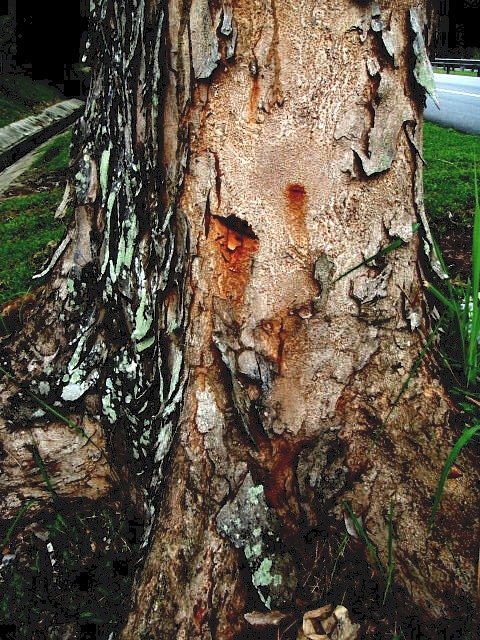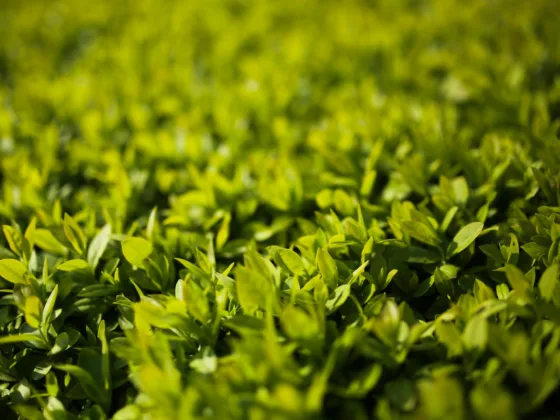Table of Contents Show
With the rising climate change worldwide, having a tree within your premises will go a long way to providing a shield against wind, and shade during the hot summer. However, growing or mature trees are not effective if they are not in good condition.
Often, most people pay little or no attention to the botanic life around them, particularly when managing trees.
When you ignore your trees, you will miss out on warning signs that could save them from so much damage. A troubled tree can fall on your property and cost you a lot of money or even hurt you and your loved ones.

Aside from the environmental impact of a falling tree, the effect can spread to your property. For instance, if a tree that is not in good condition falls in the wrong direction, it may damage your property or that of your neighbors.
Now, the resultant effect is that you will end up paying a huge compensation for not giving your tree the attention it deserves.
So, do you have a tree or trees in your workplace or home? If you do, then here are some signs your tree may fall soon if the proper measures are not implemented.
Dead Branches
There is a general principle that applies to all living things. For instance, a toddler attempting to take the first step is likely to fall. This implies that the entire body’s ability to move and maintain a firm stand depends on the leg.
However, unlike humans, the tree depends on its root to maintain its position in the soil. All branches rely on the root for sustenance. Therefore, a dead branch would indicate a fault in the root, which might be a rot.
At this stage, the tree will attempt to save itself by shedding some of its branches to reduce nutrient demand. However, the negative effect of shedding branches is that the tree becomes exposed.
The tree will not have enough strength to fight off the wind with fewer branches. All it takes for the tree to fall is a strong wind or dust, and those weak branches will find it difficult to hold off the wind. It would then fall off. If you are lucky, it will fall off without causing injury to property or passersby.
Read Also:
Rising Tree Roots
One of the most challenging aspects of keeping tabs on your tree’s health condition is to ascertain the state of the root itself. This is because, unlike humans and animals, roots are not or should not be seen above the soil.
However, the complexity of finding out a tree’s root condition is seen through some notable signs. Some of the signs that can serve as a pointer to your root status are if the tree leaves and branches are dropping off.
Also, another notable sign is if you notice the signs of growing around your tree. If any of this is evident on your tree, then all is not well as the tree is on the verge of falling.
A Crack in the Tree Trunk
Trees are living things that are time-bound, no matter how well you take care of them. Cankers are cracks that become noticeable when a tree has aged or is about to die.
Cracks on the tree imply that the tree’s trunk is weaker. When the tree trunk becomes weak, there is little or nothing the tree can do to maintain stability. And when a tree is not stable, falling is the next predictable option.
Exposed Roots
Trees by nature are designed to have their roots covered up by the soil. But in a situation where your tree’s root becomes exposed to the surface, there might be something wrong.
The topsoil covers a tree root primarily to shield the root from human traffic and other surface elements that are not good for the root condition.
The negative effect of your tree root in the open is that lawn and landscaping equipment can cause damages to the root. And when adverse external factors tamper with the tree root, it causes it to decay, ultimately leading to the tree falling.
Conclusion
The world needs trees now more than ever in human history. Trees may look strong when considering their physical traits but need adequate care like every living thing.
To ensure your tree remains in good condition for an extended period, you must watch out for signs that may tamper with your tree’s health condition.
This piece has carefully explained some of the leading causes of a tree falling. So, when you notice any of these signs, it is advisable to contact an Arborist to examine your tree.









